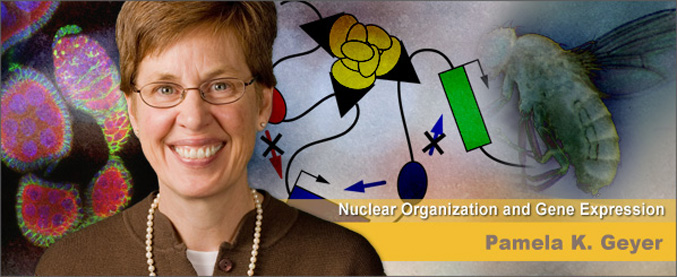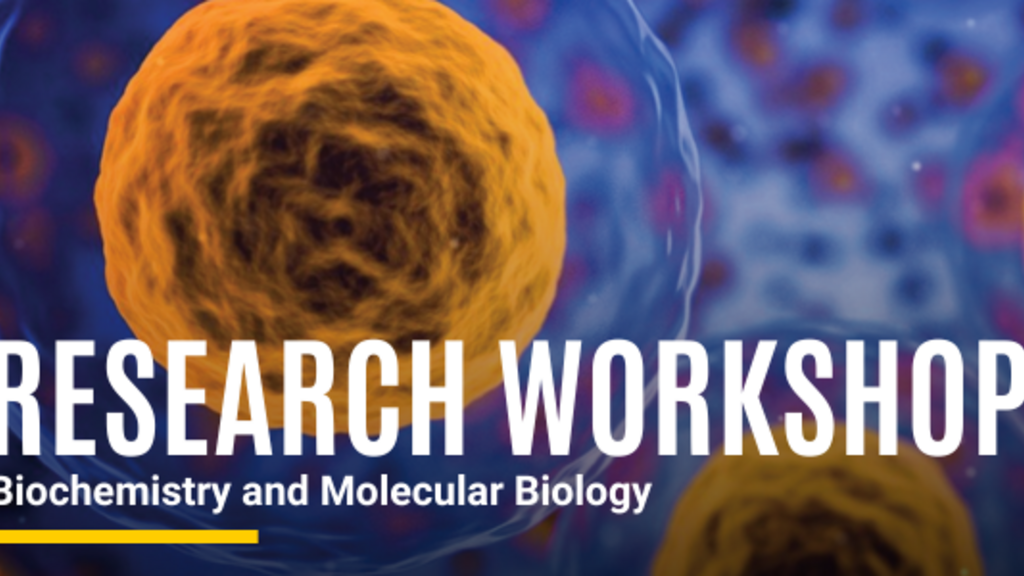
Research Interests
Nuclear architecture in stem cell survival and aging
Metazoan cells carry nuclei with diverse shapes and structures that reflect their distinct function. Nuclear structure depends upon proteins in the nuclear lamina (NL), a protein network comprised of lamins and hundreds of lamin associated proteins that line the inner nuclear membrane. NL proteins build contacts with the genome to regulate transcription, replication and DNA repair. In addition, these proteins transmit information between cellular compartments, by connecting the nucleoskeleton and cytoskeleton. Prominent changes in nuclear morphology occur during physiological aging and in disease. Indeed, mutations in genes encoding NL proteins cause a remarkable spectrum of age-enhanced human diseases, known as laminopathies. These diseases include muscular dystrophies, lipodystrophies, bone disorders, and accelerated aging disorders, such as progeria. Laminopathies have been linked to failures in adult stem cell maintenance, suggesting that NL proteins are critical for these processes.
We use Drosophila melanogaster as a model to understand NL contributions to adult stem cell maintenance in aging and disease. We study the family of NL proteins, called LEM-domain (LEM-D) proteins, a family defined by their shared interaction with Barrier-to-Autointegration Factor, a histone and DNA binding protein. The Drosophila LEM-D protein family includes three nuclear lamina proteins, D-emerin/Otefin, D-emerin2/Bocksbeutel and dMAN1. Our studies focus on D-emerin/Otefin and BAF because these proteins are required for maintenance of adult germline stem cells (GSCs) in the ovary. Indeed, we discovered that GSC death and blocked gametogenesis in d-emerin/ otefin and baf mutants are rescued by inactivation of two DNA damage response (DDR) kinases, ATR and Chk2. Surprisingly, activation of these DDR kinases is independent of canonical pathway triggers, such as DNA damage or replication stress. Instead, structural deformation of the NL appears to be a component of checkpoint activation. Despite remarkably normal oogenesis in d-emerin/otefin, chk2 double mutant ovaries, the rescued oocytes do not support embryogenesis, indicating these oocytes are defective. Such findings suggest that the NL checkpoint contributes to maintenance of gamete quality. Our current studies are focused on defining the molecular features of this checkpoint.
Our studies have a broad impact on understanding mechanisms responsible for loss of stem cells during physiological aging and age-dependent diseases. These states commonly are accompanied by changes in nuclear morphology that are associated with persistent DNA damage signaling. Thus, our studies have the potential to advance therapeutics that delay or eliminate pathologies that lead to stem cell loss.
